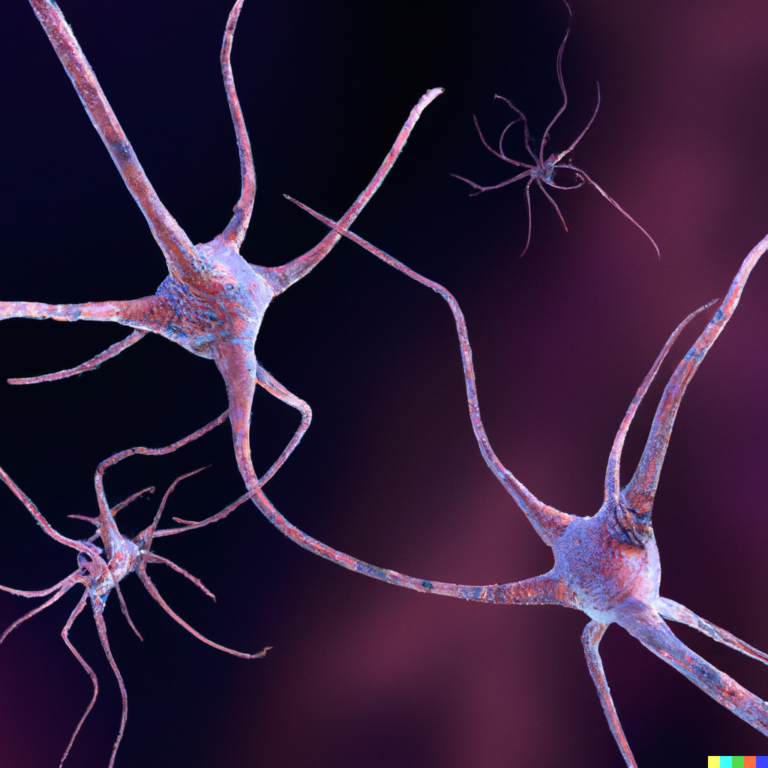**Bioidentical vs. Synthetic Hormones: What’s the Difference?**
If you’ve heard about hormone replacement therapy (HRT), you might be wondering: *What’s the difference between bioidentical and synthetic hormones?* Let’s break it down in plain terms.
—
### **What Are Bioidentical Hormones?**
Bioidentical hormones are lab-made versions of the hormones your body naturally produces, like estrogen, progesterone, or testosterone. They have **the exact same molecular structure** as your own hormones[1][3]. Think of them as a “copy-paste” version—your body can’t tell them apart from what it makes itself[4]. These are often derived from plant sources (like soy or yams) but are chemically altered to match human hormones perfectly[2][5].
—
### **What Are Synthetic Hormones?**
Synthetic hormones are also lab-made, but their structure is slightly altered compared to natural human hormones[1][4]. Some common examples include:
– **Premarin**: Made from pregnant horse urine (yes, really!)[1][4]
– **Progestins**: A synthetic form of progesterone that doesn’t behave exactly like the real thing[1]
– **Estropipate**: A modified estrogen compound[1]
Because their structure isn’t identical to yours, your body might process them differently—which can sometimes lead to more side effects[1][5].
—
### Key Differences at a Glance
| Feature | Bioidentical | Synthetic |
|———|————–|———–|
| **Structure** | Matches human hormones exactly | Modified structure |
| **Source** | Plant-based (chemically altered) | Often animal-derived or fully synthetic |
| **Body Compatibility** | Recognized easily by your body | May cause more side effects |
| **Regulation** | FDA-approved options available; compounded versions vary in quality[2][5] | Strictly regulated |
—
### Why Does This Matter?
– **Effectiveness**: Bioidentical hormones may work more smoothly because they “fit” better with your body’s receptors[4].
– **Safety**: While both types have risks, some studies suggest synthetics might carry higher risks for issues like blood clots—but research is ongoing[1][5]. Compounded bioidenticals aren’t always safer either, since they aren’t tested as rigorously as FDA-approved options[2].
– **Natural ≠ Better**: Don’t assume “bioidentical” means risk-free. Both types require medical supervision![2][5]
—
### The Bottom Line
If you’re considering HRT for menopause, low testosterone, or other hormonal issues: talk to a doctor who understands both options. Some people do better with bioidenticals; others tolerate synthetics just fine. It depends on your health history and how your body responds!





